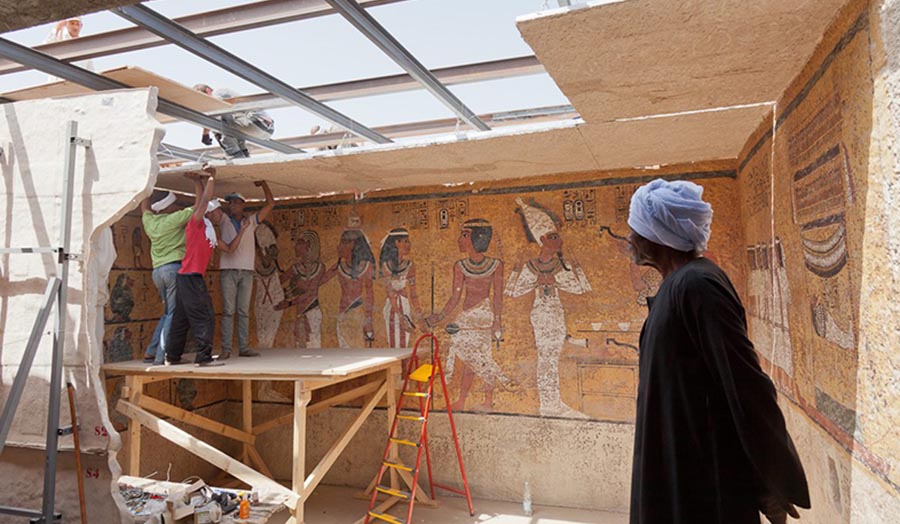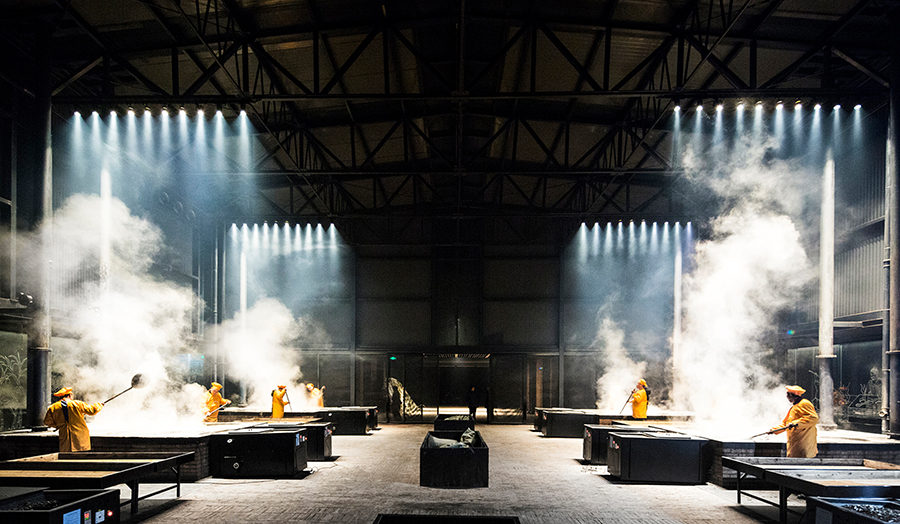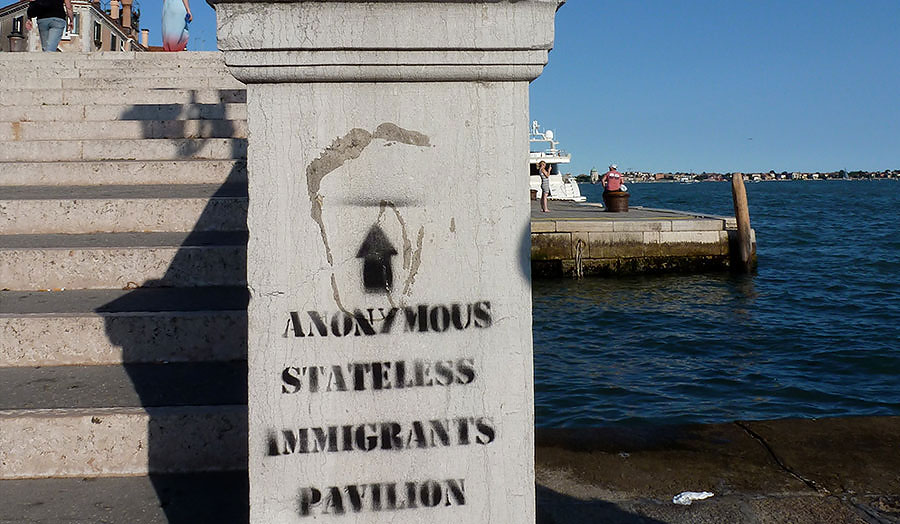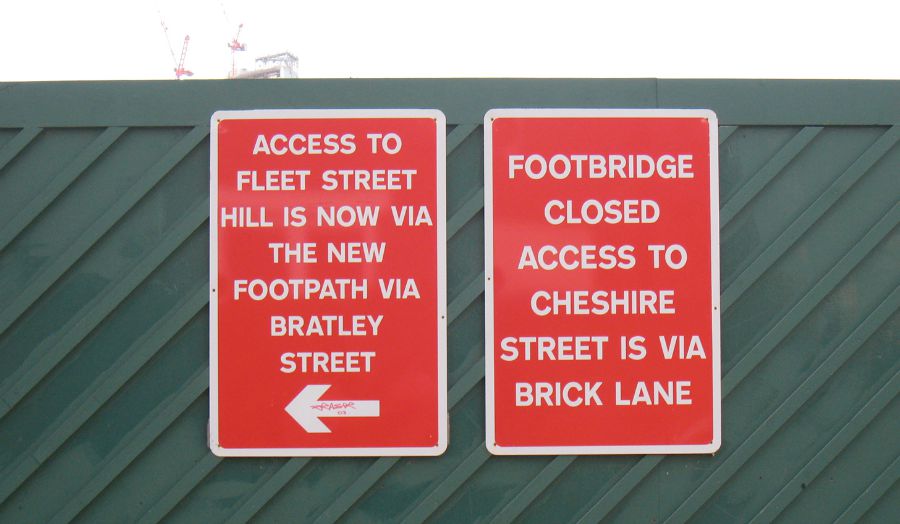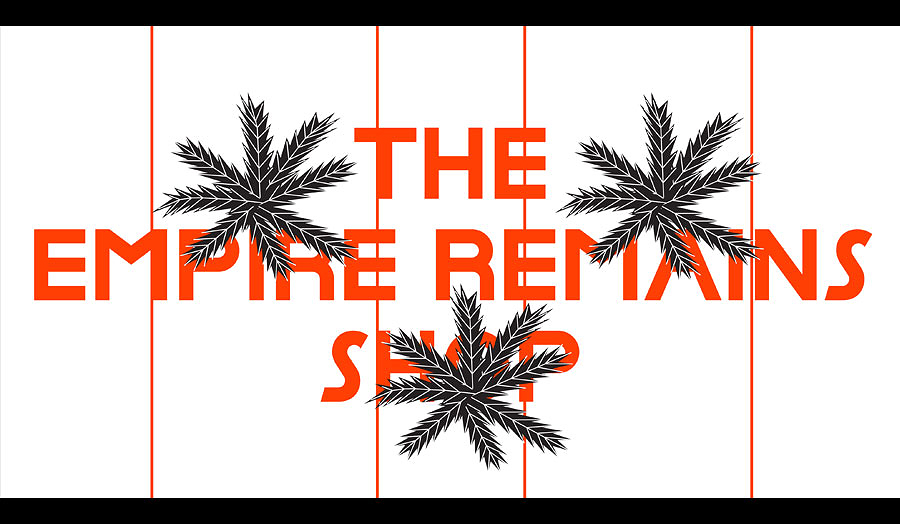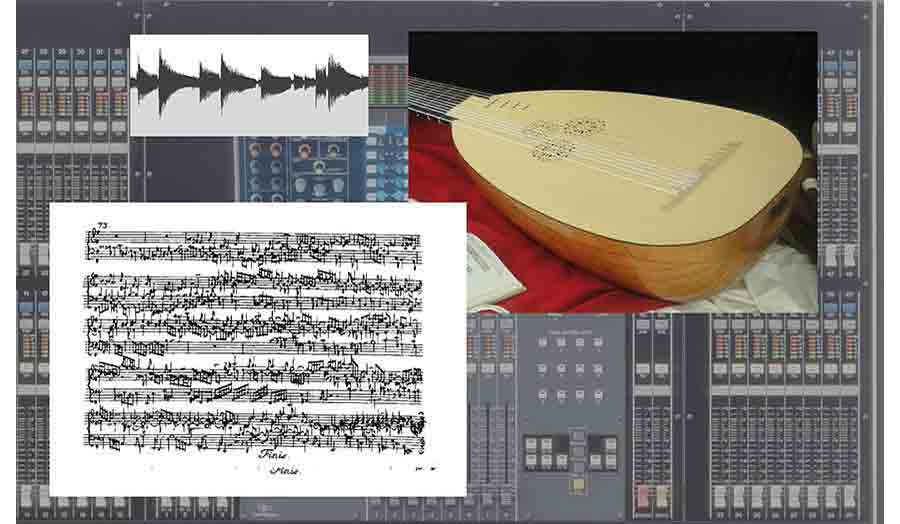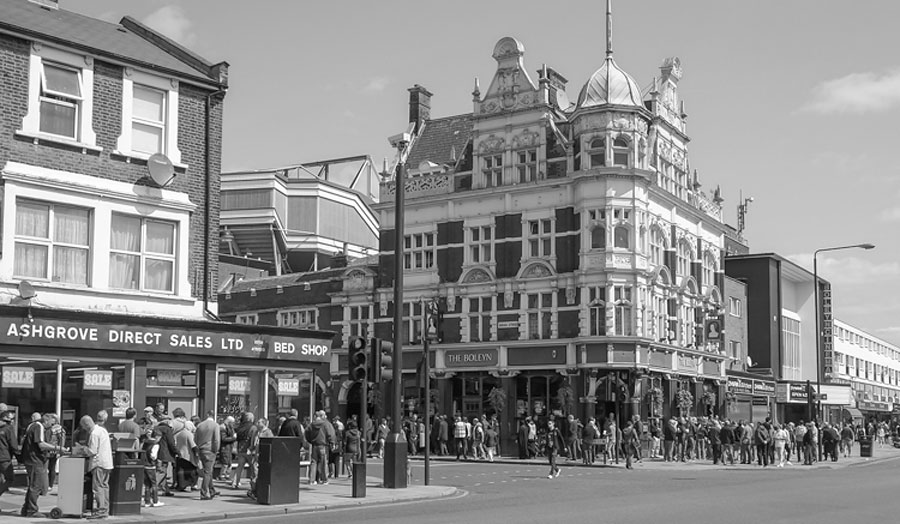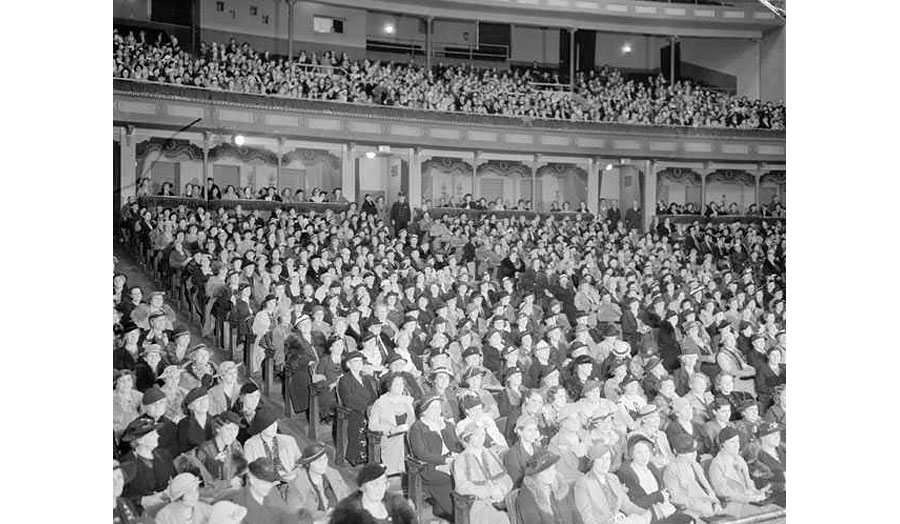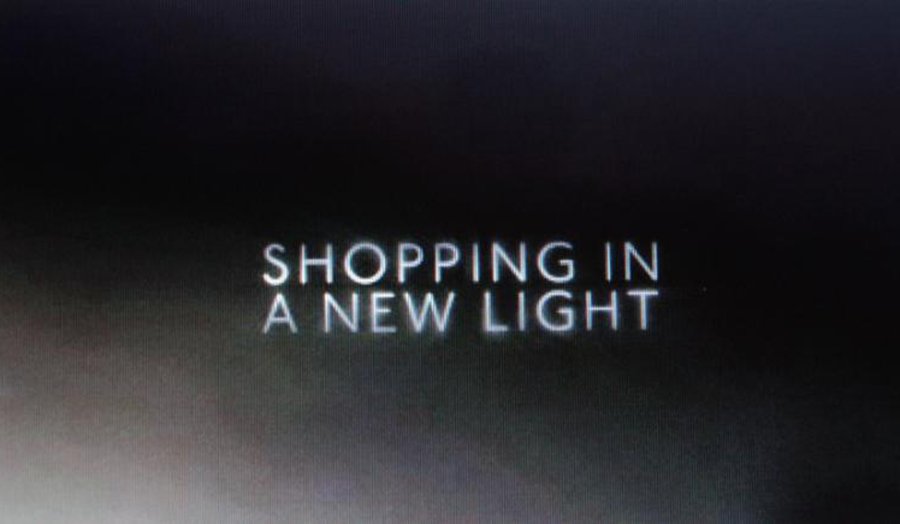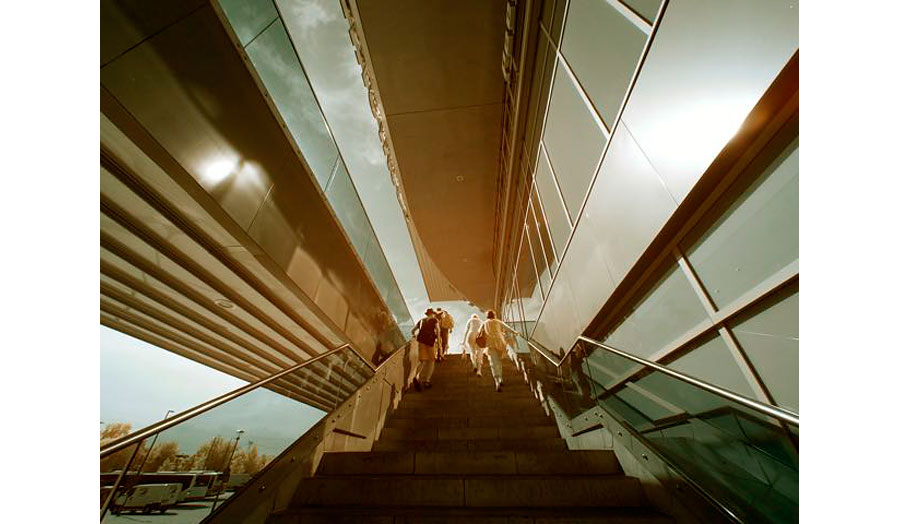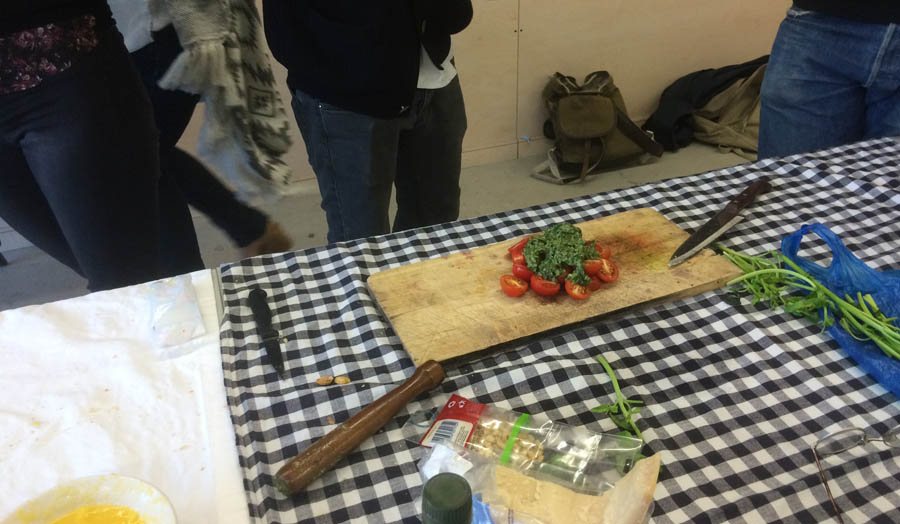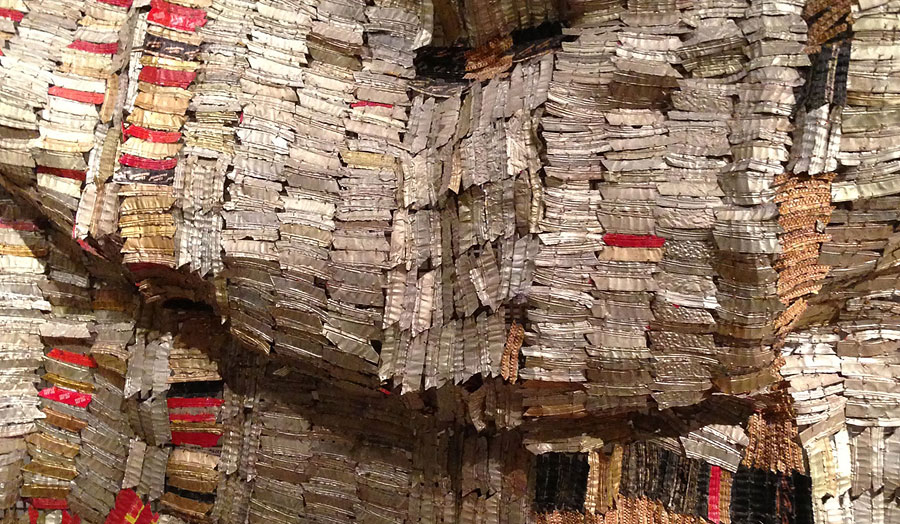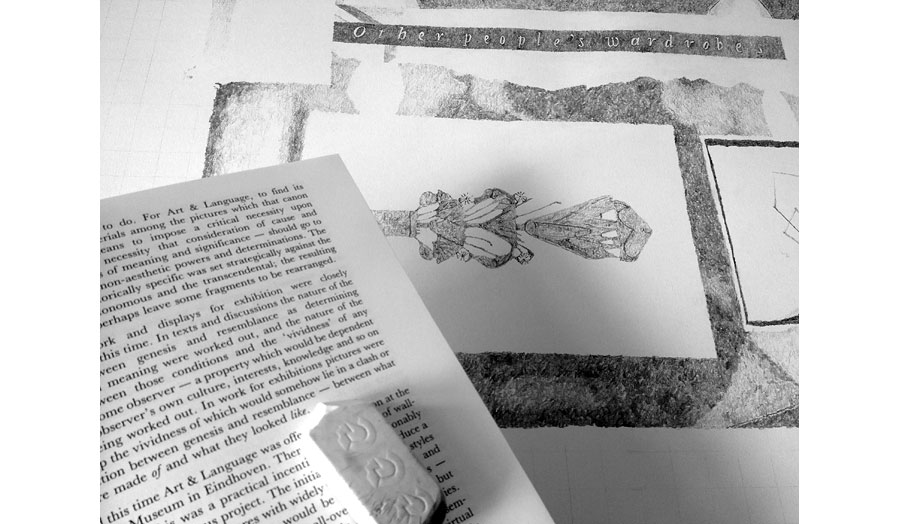Studio brief
One morning in 2016, Hackney resident Nicola Thorp made her way into central London for her first day at work. She had been hired as a temporary receptionist but, on arrival, was told that her chosen footwear, a pair of black flat shoes, was not in accordance with the company’s dress code. Thorp was asked to replace her flat shoes with a pair of high heels. When Thorp refused to comply with the request, she was immediately sent home without financial compensation.
Why was Thorp’s choice of footwear so offensive to her employers? On what basis did the company decide that high heels were the most appropriate type of footwear for women to wear? Who decides what we should wear to work? Who has the power to define ourselves in the workplace? How do social attributes such as gender, ethnicity and class interact with work dress codes?
Given that for most of our adult lives we will spend a large proportion of our time at work or working, it's surprising that the role of clothes and bodily adornment within occupational spaces has been paid little scholarly attention. Yet, the case of Thorp reveals that what we wear to work is not just an individual choice. Often, we're expected to wear something ‘appropriate’, yet dress codes are rarely made explicit and it is assumed we will wear the correct attire through observing others. This may mean a certain garment, a particular fabric type or colour, perhaps a specific sort of jewellery or hairstyle. As a result, the clothes we choose to put on each day have the potential to become critical interfaces between our individual and professional identity. When our dress choices challenge expectations of appropriate work attire, what is being contested and why?
Drawing upon a range of historical and contemporary case studies, this studio will investigate the role dress and fashion plays within occupational contexts. We will consider how the acts of getting dressed and being dressed provide the means to conform, contest or subvert the diverse worlds of work. We will investigate a range of established dress codes including uniform, casual dress and professional attire, which will also provide the basis for developing your dissertation topic. You will be encouraged to engage in research methods from both the social sciences and humanities. This may include participant observation, archival study, object analysis and individual interviews.
Programme of study
- Week 1: introduction to the studio, teaching and learning expectations, programme of study, setting up studio blog/wiki, proposal discussion.
- Week 2: theoretical approaches to understanding fashion, dress and identity within the context of work – discursive seminar/workshop, updating blog/wiki.
- Week 3: Victoria and Albert Museum (V&A) visit to see permanent fashion/dress collection.
- Week 4: researching fashion, dress and identity with emphasis on social science and humanities methodologies – discursive seminar/workshop, updating blog/wiki.
- Week 5: archive visit to Clothworkers' Centre, Blythe House.
- Week 6: students present their dissertation ideas for critical feedback.
Indicative bibliography
- Damhorst, M, Miller, KA and Michelman, SO (Eds) (1999) The Meanings of Dress New York, Fairchild Publications
- Entwistle, Joanne (2000) The Fashioned Body Polity Press
- Hebdige, Dick (1979) Subculture. The Meaning of Style London, Routledge
- Kaiser, S (1990) The Social Psychology of Clothing: Symbolic Appearances in Context (first edition) New York, Fairchild Publications
- Williams-Mitchell, C (1982) Dressed for the Job: The Story of Occupational Costume Dorset, Blandford Press
- Wilson, E (2000) Adorned in Dreams: Fashion and Modernity London, IB Tauris
- Wilson, Elizabeth & Ash, Juliet (1992) Chic Thrills: A Fashion Reader London, Harper Collins
Photograph credit: SWNS.
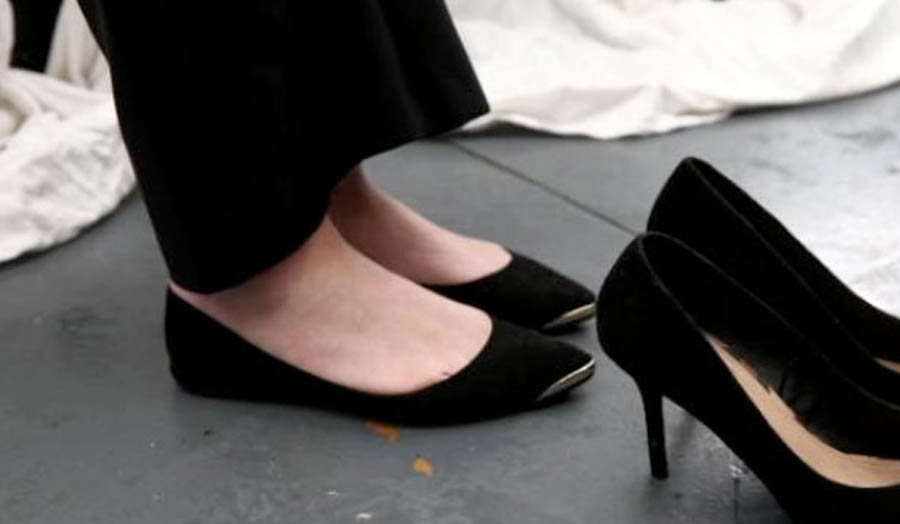
Details
| Tutor | Emma Davenport |
|---|

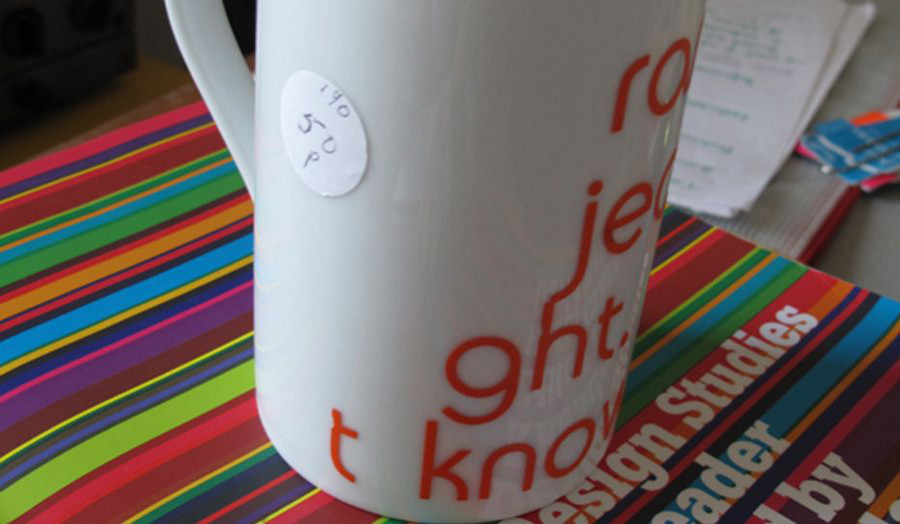
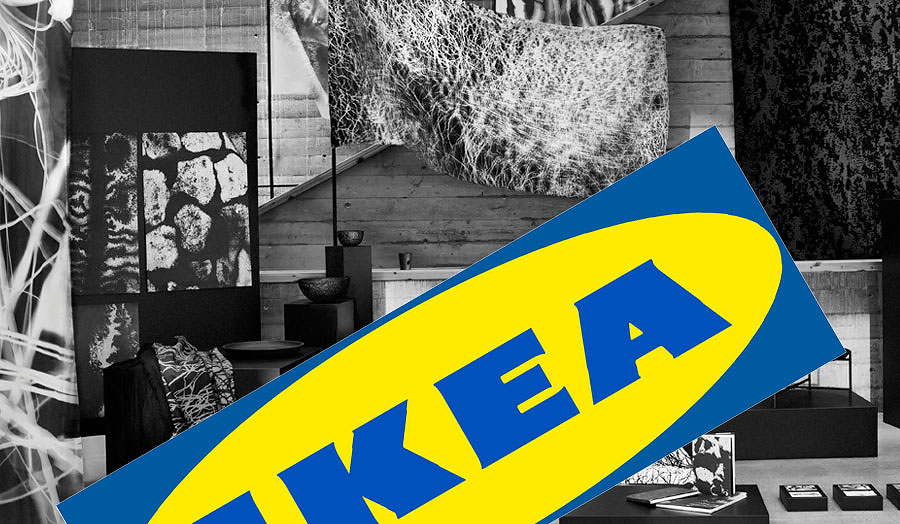
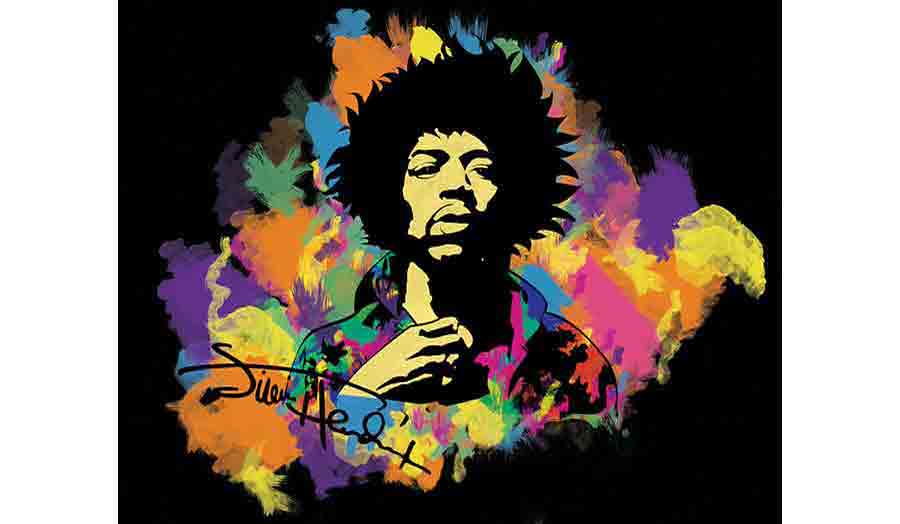
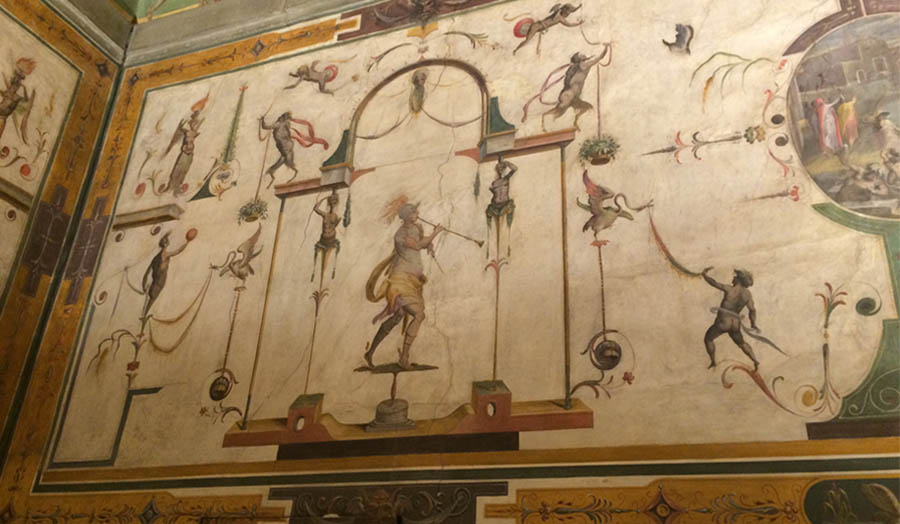
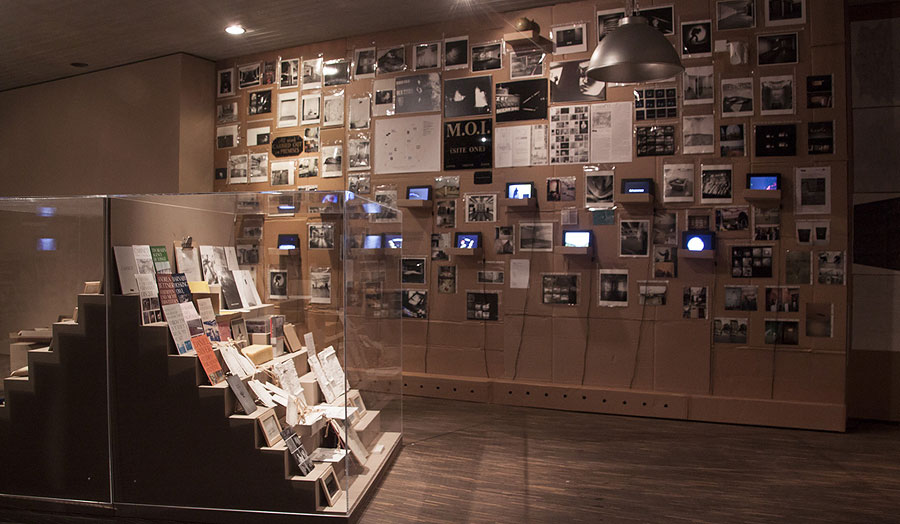
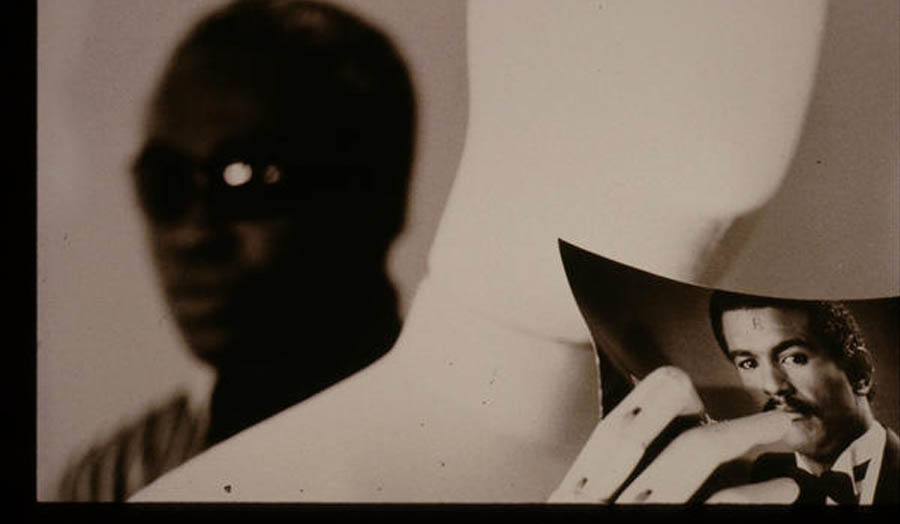
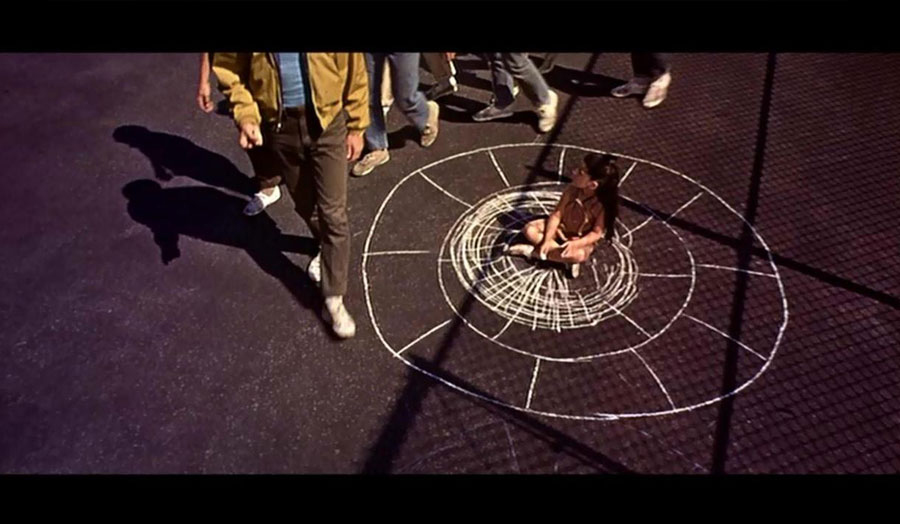
-(1).jpg)
